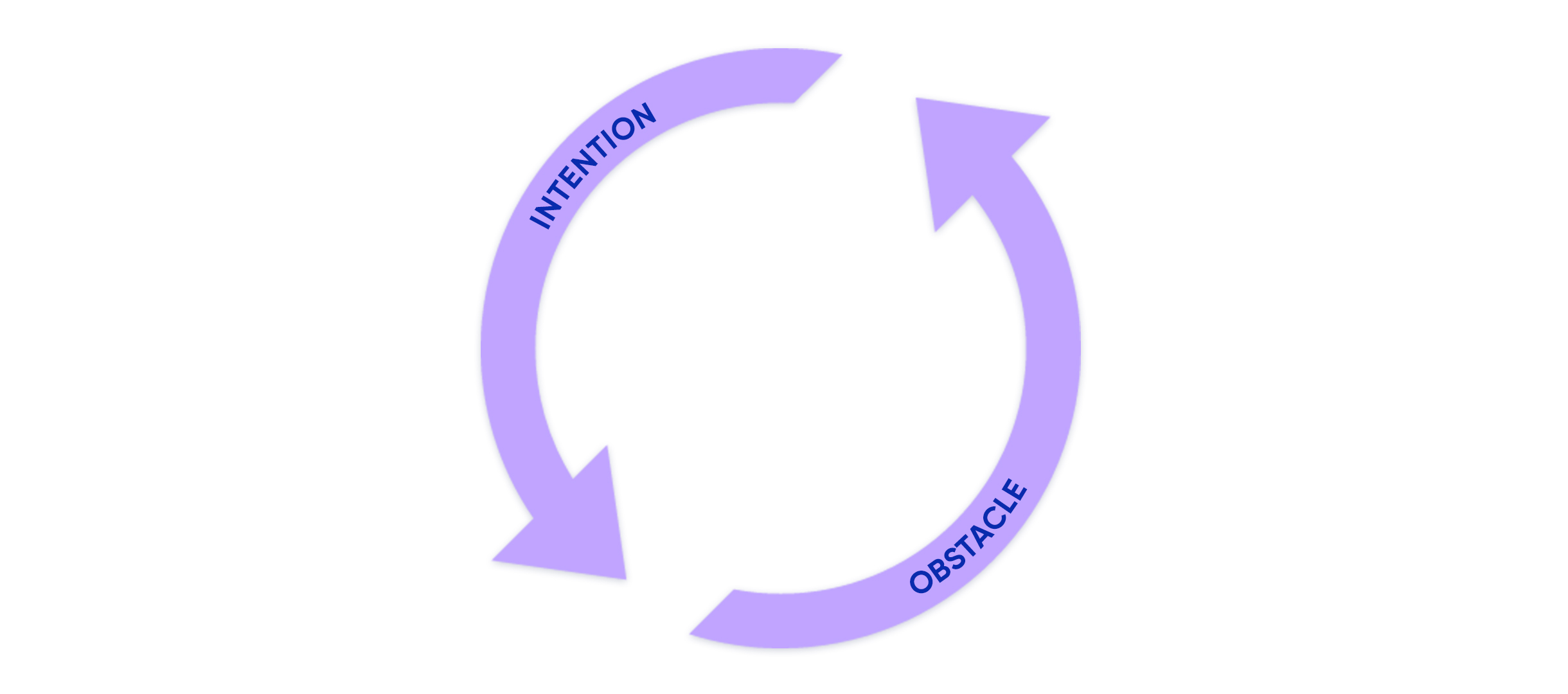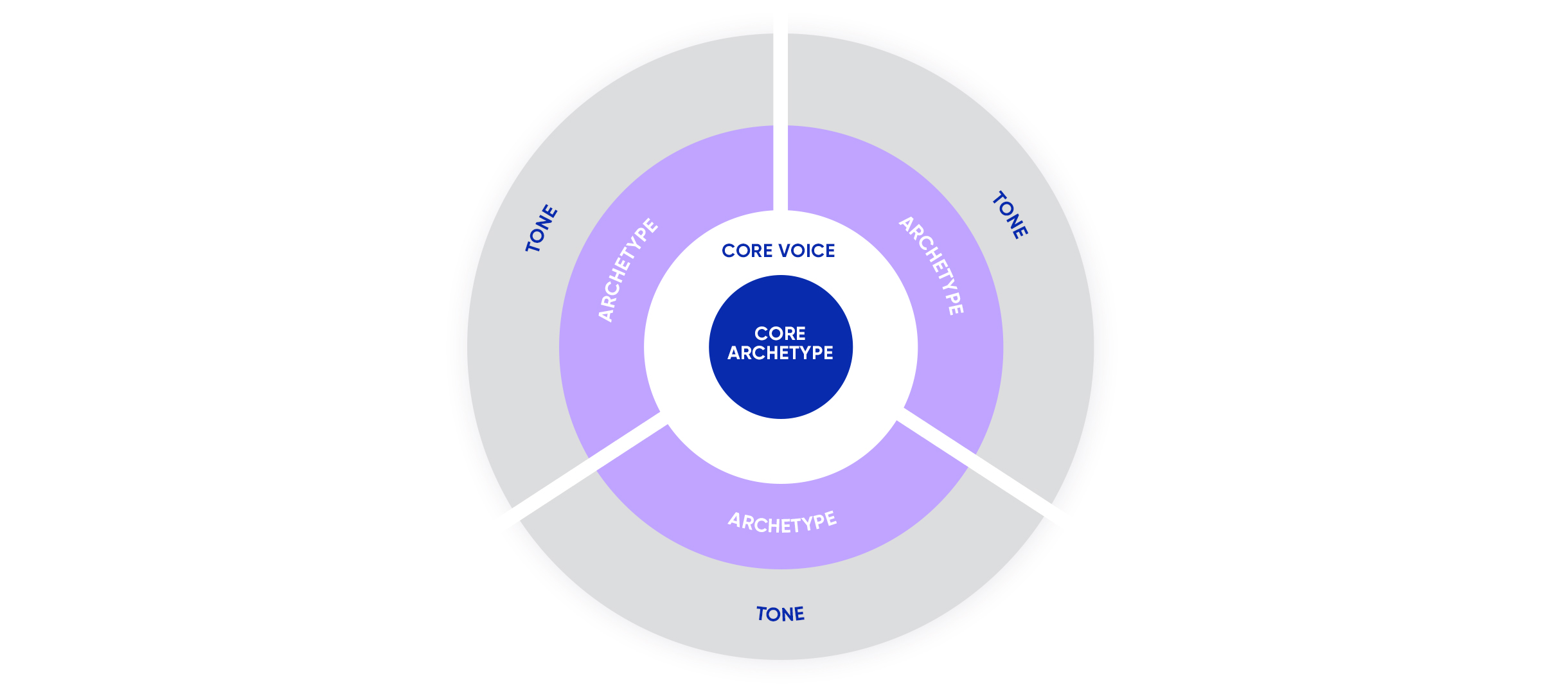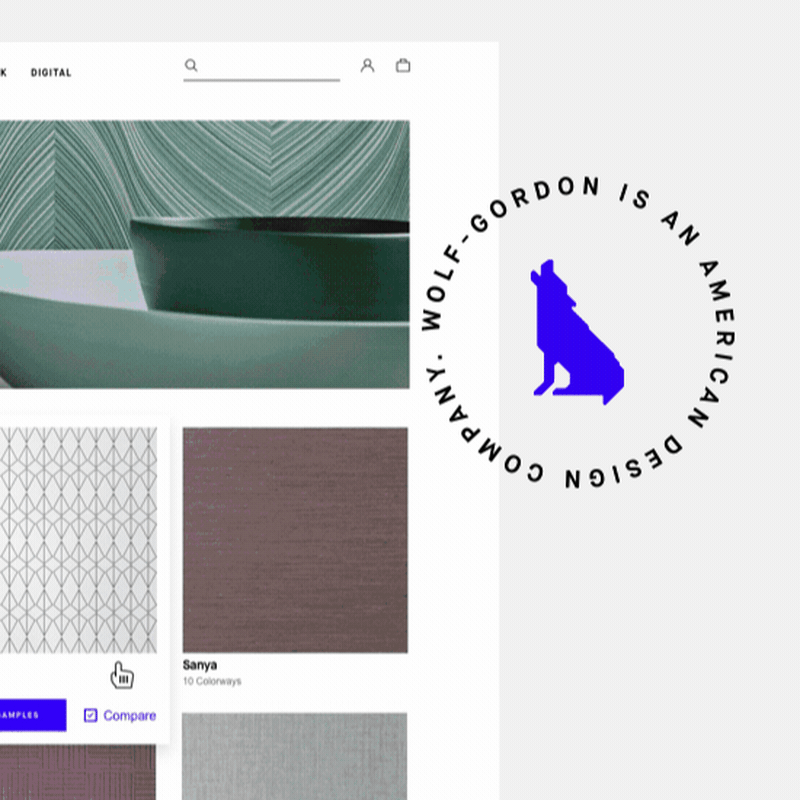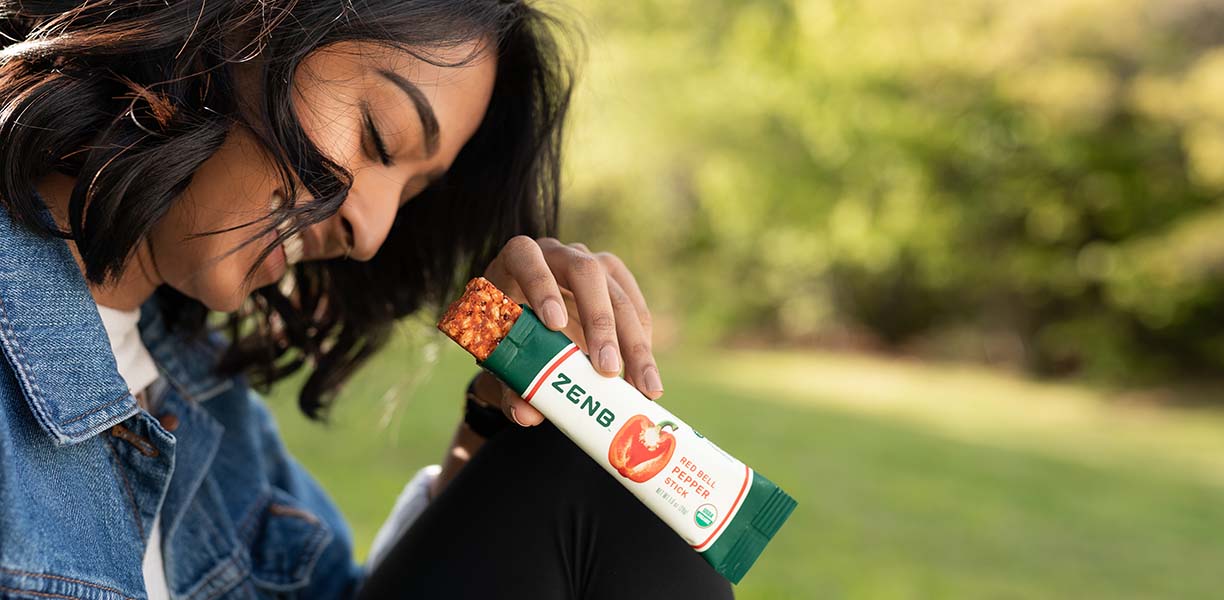The Sorkin Cycle: How Brands Use Stories to Reach Audiences

So let’s get into it…
To grow, brands need to speak to audiences, and to do that they need to communicate in human, authentic, relatable ways — not like cold corporations that just want your money.
Here’s the real challenge though: most don’t know how to do this effectively.
What they do know is how to play it safe and sound like everyone else. But when you’re looking for differentiation to get that precious moment of attention from a consumer, sounding like everyone else is a huge waste of everyone’s time.
In these communications, even with a unique brand voice, it’s still not enough. Why? Because we humans demand true engagement, which demands heart, truth, and story. It calls for dynamic, changing brand language — with both emotion and function — that evolves with interaction, not hopes and prayers that it’s good enough, or it being consistent with a paragraph about brand voice in the brand guide.
That’s where tonal variance comes into brand language. It’s the shifting of tone, driven by a singular brand voice, which uses a basic story structure to speak to different audiences as they present new barriers to effective brand communication.
Right about now, you might be wondering about the difference between voice & tone. Well, you can enjoy a more intelligible, in-depth description here, but the gist is that a voice is consistent whereas the tone shifts. Your mom’s voice is your mom’s voice. It represents who she is as a person. But, her tone shifts based on if she’s mad at you, proud of you, or happy with you. The variance in tone reflects not a new person but a new intention — just as a shift in tone does not reflect a new brand, or being “off-brand,” but a new intention. In the case of your mom, she wants to express something, therefore her tone shifts to do so. As a human, you understand this, and react to the tonal shifts. Yet, when writing for brands, it’s rarely done.
So, here’s how your brand can make the shift…
Introducing: The Sorkin Cycle.

Named for the legendary Hollywood screenwriter & storyteller Aaron Sorkin, the Sorkin Cycle uses his basic dramatic story structure to determine tonal variance as it cycles through a story or engagement with a consumer. Simply, his structure of everything from a scene to an entire movie is broken down into two parts: Intention & Obstacle.
Your brand wants something — an intention. Your consumer stands in its way, providing an obstacle.
You: “I want to sell you this thing.”
Your consumer: “I don’t want it.”
Well, shit. What’s to be done? Try again? Retarget them with the same message and tone? Hit them with an email? That sounds less like an opportunity to create demand for your brand and more like a way to annoy someone. They already said no, and possibly flat-out ignored you, and yet you deign to invade their time once again with the same trite tactics? It’s not uncommon, but it’s surely ineffective.
And so, too much of marketing & advertising ends right there. Brands fail to create anything meaningful. Ad agencies are put under review. CMOs are fired. And consumers carry on. But we, dear reader, are cycling further, right past that obstacle.
However, before we give it all away, let’s run through an important driver of the Sorkin Cycle: Brand Archetypes.
A common subject of brand strategy and articulation, brand archetypes represent the persona from which the voice originates. With a primary, or core, archetype, it is the always-present voice and presence that personifies the brand, making it feel more real and relatable.
For Nike, it would be the Champion. Harley Davidson, the Rebel. Jeep, the Explorer.
But, can you really define the most successful brands by a single archetype? Doesn’t Apple represent the Visionary as well as the Rebel, and the Creator, and sometimes even the Sage? Just think of who they are on TV vs. at a product launch vs. at the Genius Bar vs. when teaching classes at the Apple Store. They’re changing and evolving based on their intention and your potential obstacle. If you wanted to learn how to edit video and sought out their Apple Store classes only to discover a lofty speech about the future, you’d bail. That voice & tone fits the stage, but not the small, collaborative encounter. Apple wins because it cycles through personas and messaging, fitting the moment and audience, not expecting them to adhere to their brand standards.
So, to express intention and overcome obstacles, the Sorkin Cycle employs not just one but varying personifying archetypes to reflect varying tones, all powered by the core archetype and voice.
To create this, you apply additional archetypes based on potential need-states, or intentions, of the brand. This is in relation to an audience and an obstacle they may present.
In the case of a mom brand that at its core is a Caretaker, the archetypical and tonal variance might be expressed through the Champion, thereby creating differentiation within the mom market and challenging her expectations at what your brand might represent.
Example:
You: “I understand you, and support you, and I want you to buy this thing.”
Your consumer: “I don’t need you to tell me how to be a mom.”
You: “Just imagine what we’ll accomplish together. We’ll be the envy of all.”
Your consumer: “Ok, I like the sound of that.”
Just when she thinks you’re the same-old brand with the same type of messaging, you can shift it to reflect her needs and desires. Is being aspirational and empowering off-brand? Does a Caretaker not seek success and progress for others? At its core, the brand is still the caretaker, but now it’s more dynamic, representing not a one-dimensional business, but a human being who can shift based on the human they’re communicating with.
Or, how about when faced with an obstacle of negativity or complaint? Your intention is for everyone to like you, engage with you, share with friends & family, and buy, buy, buy. But then, someone challenges you with opposition. What do you do? For most brands, the easy path is to fall into nothingness — no personality, no emotion, no threat. They simply want to get past this horrible moment and hope no one notices it happening. In the case of the fictional mom brand, they might choose to stick with the Caretaker archetype. While potentially effective, the nurturing, calming voice might also come across as belittling or condescending.
This is where a new intention (to not just appease but please) and obstacle (“I’m mad and I want you to deal with my displeasure.”) call for a new archetype and subsequent messaging. In these situations, the brand could take on the Jester by making the person laugh, or simply showing them the playful humanity behind the brand. Or, maybe they could adopt a Guy/Girl Next Door archetype, creating more of a sense of casual understanding and relatability.
Either way, while the persona and language might shift, there is still a core personification that guides the brand messaging — a nurturer who isn’t afraid to have fun, or a nurturer who is relatable, thereby creating a multidimensional brand. To develop this for your brand, the Sorkin Cycle is represented in a Voice & Tone Wheel:

Start at the core with a consistent archetype and brand voice, and then extend outward, building further archetypes and corresponding tones based on expected intentions and obstacles of the brand.
Beyond selling a product or service, intention might be to “make dreams come true” or to “make people feel involved.” Therefore, obstacles might be overcome by showing the proof that the brand can make dreams come true, or to educate and inform what it looks like to be involved. Not everything has to be driven by mere conversions. Sometimes it’s about informing and inspiring, which can lead to understanding and subsequent purchase.
As the Wheel builds, key messaging can be applied to each section, demonstrating the brand’s intention, audience, potential obstacles, and solutions.
By building and employing this cycle of tonal variance and adaptive brand messaging, you’ll no longer be the play-it-safer brand. You’ll be the one that grows its audience by being multidimensional and human — something greater than a mere corporation seeking sales. And that, at its heart, is what great storytelling brands are all about.
So, that was a long ramble, but if you’re intrigued and want to learn more about giving your brand depth and dimension, reach out and we can chat.
Or, you can read some more fun ramblings about creativity, writing, and branding here.
James Dowd
Director of Creative Storytelling (everytime I write my title, I change it, because why not?)
james.dowd@digitalsurgeons.com


